Exposure to radiation in different forms is a part of our everyday life. However, the radiation intensity in these 25 places greatly surpasses ordinary levels, ranking them among the top 25 most radioactive areas on Earth. Proceed with caution if you choose to visit these sites, and don’t hold us responsible if you observe an additional pair of eyes looking at you from the mirror… (Sounds a bit over the top…or is it?).

Earth Metal Mining | Karunagappally, India
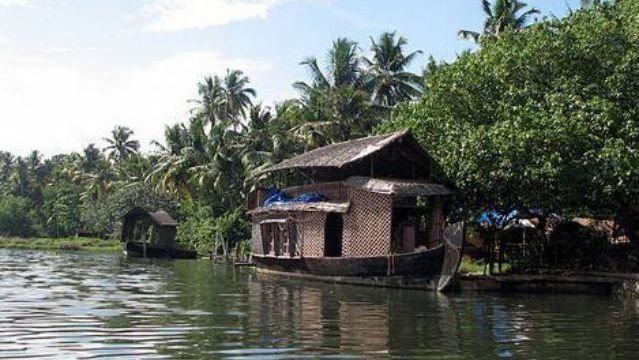 commons.wikimedia.org
commons.wikimedia.org Karunagappally is a municipality in the Kollam district of Kerala, India that is home to rare earth metal mining operations. Some of these minerals, specifically monazite, have eroded into the beach sand and alluvial deposits with some coastal locations reading as high as 70 mGy/yr.
Fort d’Aubervilliers | Paris, France
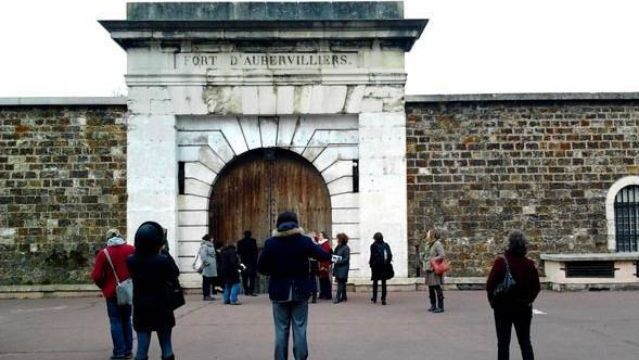 www.aftrp.org
www.aftrp.org Radioactivity tests at Fort d’Aubervilliers found some serious contamination. 61 of the barrels stored on the site tested positive for cesium 137 and radium 226. Furthermore, 60 cubic meters of its soil also proved to be contaminated.
Acerinox Scrap Metal Processing Plant | Los Barrios, Spain
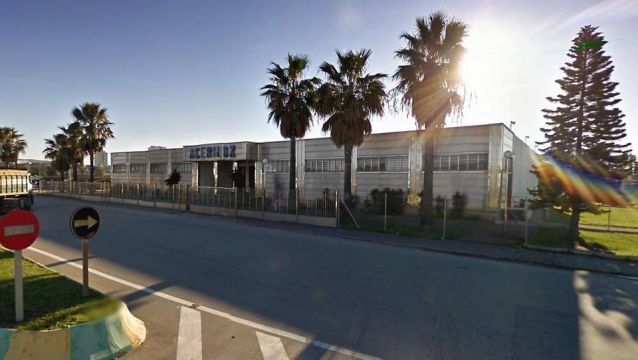 intelsur.es
intelsur.es In this particular incident a source for caesium-137 passed through monitoring devices in the Acerinox scrapyard. When smelted, the source caused the emission of a radioactive cloud with radiation levels 1000 times higher than normal. The contamination was later detected in Germany, France, Italy, Switzerland and Austria.
NASA Santa Susana Field Laboratory | Simi Valley, California
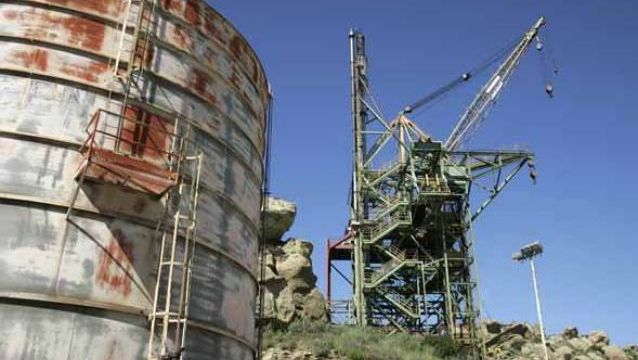 www.dailynews.com
www.dailynews.com Simi Valley, California is home to the NASA Santa Susana Field Laboratory and through the years, about ten low-power nuclear reactors have been compromised due to several fires involving radioactive materials. A cleanup project for the seriously contaminated site is currently in progress.
Mayak Plutonium Plant | Muslomovo, Soviet Union
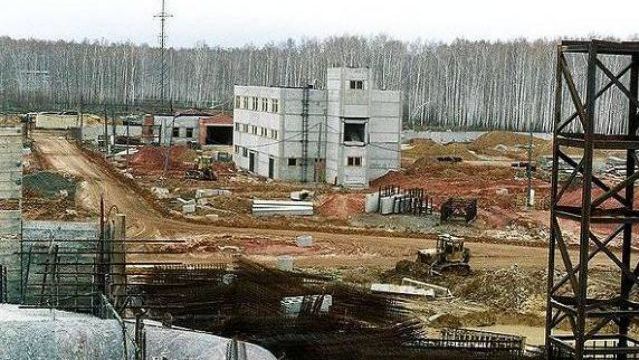 blog.daum.net
blog.daum.net Because of the Mayak plutonium plant built in 1948, the people of Muslomovo in the southern Russian Urals are suffering from the effects of the radioactively contaminated drinking water which has led to chronic illnesses and physical disabilities.
Church Rock Uranium Mill | Church Rock, New Mexico
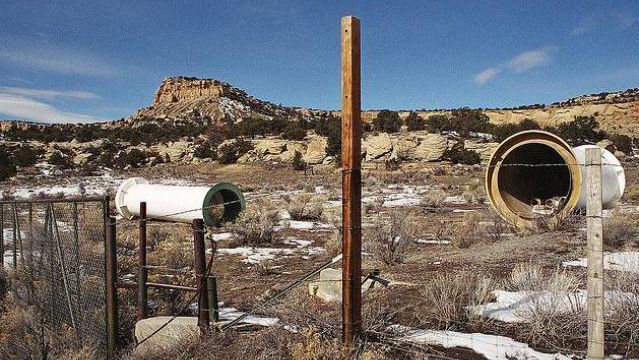 www.flickr.com
www.flickr.com The infamous Church Rock Uranium Mill Spill caused over a thousand tons of solid radioactive mill waste and 93 million gallons of acidic radioactive tailings solution to flow into the Puerco River. Consequently, radiation levels became 7000 times higher than normal and in 2003, a study found that the river is still contaminated.
Apartment | Kramatorsk, Ukraine
 www.zdanija.ru
www.zdanija.ru In 1989, a small capsule containing highly radioactive cesium 137 was discovered inside a concrete wall of an apartment building in Kramatorsk, Ukraine. This capsule had a surface gamma-radiation exposure dose rate of 1800 R/year killing six people and affecting 17 others.
Brick Houses | Yangjiang, China
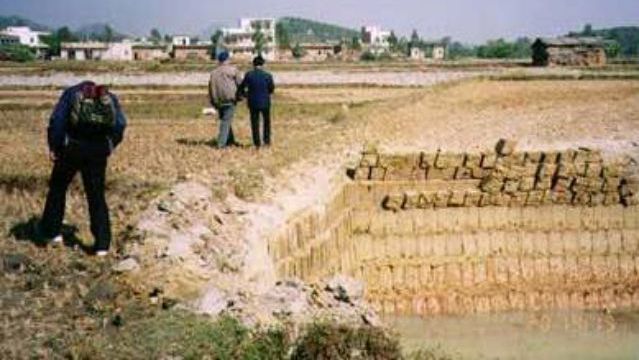 www.taishitsu.or.jp
www.taishitsu.or.jp Yangjiang is characterized by houses made from bricks of sand and clay. Unfortunately, the sand in this region comes from portions of hills that contain monazite which decays into radium, actinium and radon. The high exposure to these elements accounts for the high cancer incidents in the area.
Natural Background Radiation | Ramsar, Iran
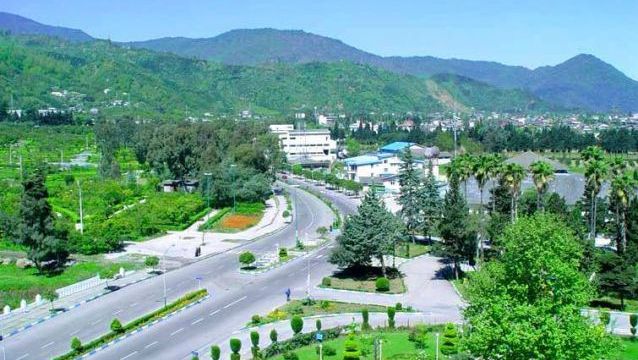 nuclearradiophobia.blogspot.com
nuclearradiophobia.blogspot.com This part of Iran is known for having one of the highest levels of natural background radiation on earth. Radiation levels in Ramsar reach up to 250 mSv per year.
Radioactive Sand | Guarapari, Brazil
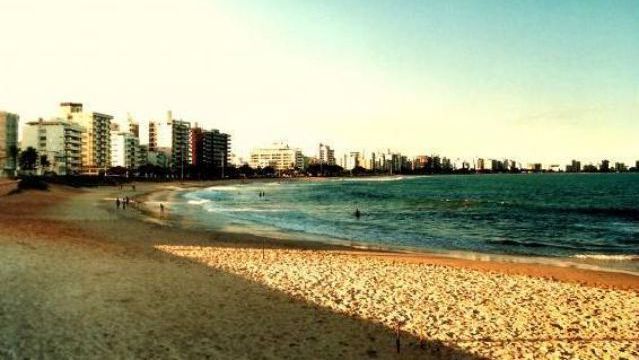 www.wallpapergate.com
www.wallpapergate.com Due to erosion from the naturally radioactive element Monazite, the sands of Guarapari’s beaches are radioactive with levels reaching 175 mSv, a far cry from the acceptable level of 20 mSv.
McClure Radioactive Site | Scarborough, Ontario
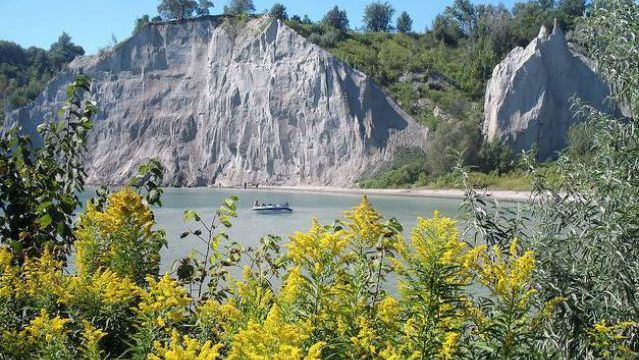 www.flickr.com
www.flickr.com A housing site located in Scarborough, Ontario, the McClure radioactive site has been a radium-contaminated site since the 1940s. The contamination was brought about by the radium extracted from scrap metals that were supposed to be used for experiments.
Subterranean Springs of Paralana | Arkaroola, Australia
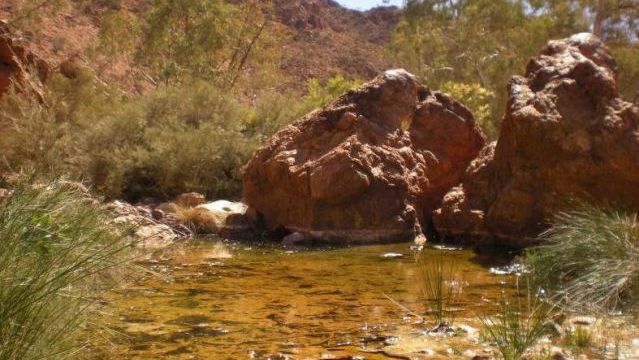 www.4wdaction.com.au
www.4wdaction.com.au The subterranean springs of Paralana flow through rocks that are rich in uranium and studies show that these hot springs have been bringing radioactive radon and uranium to the surface since one billion years ago.
Instituto Goiano de Radioterapia | Goias, Brazil
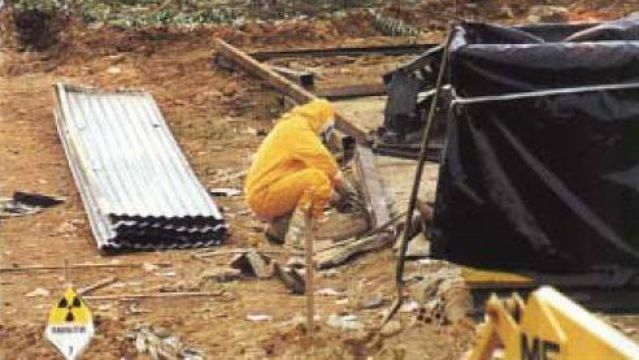 t3rfde.com
t3rfde.com The radioactive contamination of Goias, Brazil was brought about by a radioactive radiation accident following the robbery of a radiotherapy source from an abandoned hospital. Hundreds of thousands of people died due to contamination and even today, radiation is still rampant in several areas of Goias.
Denver Federal Center | Denver, Colorado
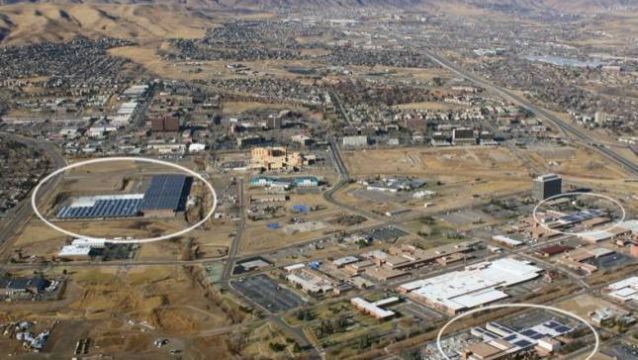 ewindsolar.com
ewindsolar.com The Denver Federal Center was used as a medium for the disposal of miscellaneous wastes, including chemicals, contaminated materials; and building and road demolition debris. The waste materials were disposed in numerous sites and led to the radioactive contamination of several areas in Denver.
The McGuire Air Force Base | Burlington County, New Jersey
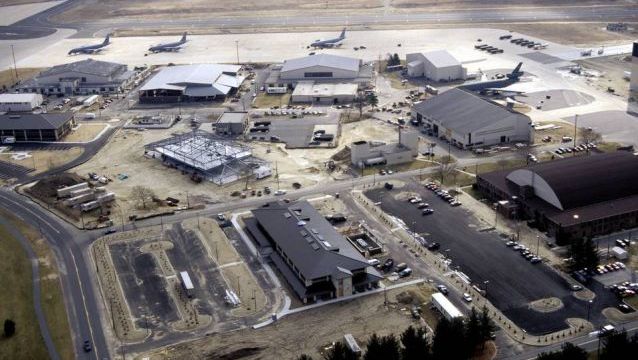 commons.wikimedia.org
commons.wikimedia.org The McGuire Air Force Base was identified as among the most contaminated bases by the United States Environmental Protection Agency in 2007. That year, the US military ordered the cleanup of the contaminants on the site but the contamination is present until today.
Hanford Nuclear Reservation Site | Hanford, Washington
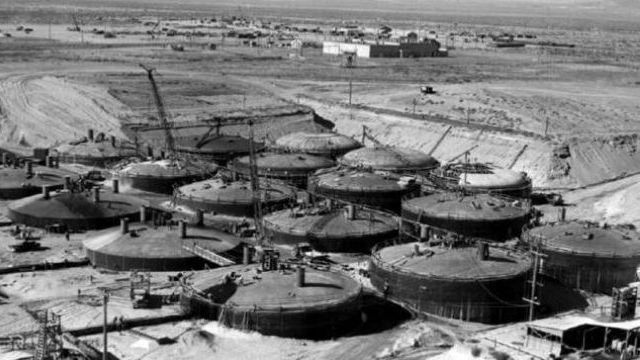 www.presstv.ir
www.presstv.ir Hanford, an integral part of the US atomic bomb project, manufactured plutonium for the nuclear bomb that was eventually launched in Nagasaki, Japan. Though the plutonium supplies were decommissioned, about two thirds of the volume was left in Hanford, causing groundwater contamination.
In the Middle of the Sea | Mediterranean Sea
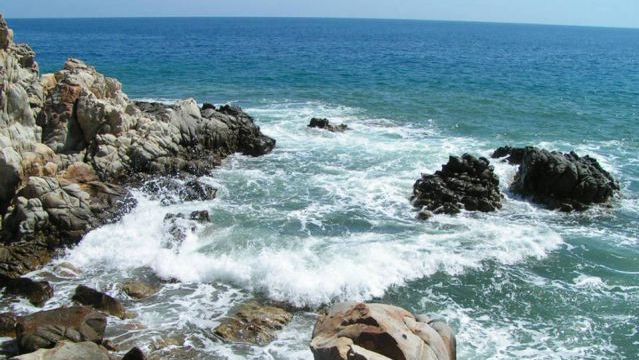 www.best-of-european-union.eu
www.best-of-european-union.eu A syndicate controlled by the Italian mafia is believed to use the Mediterranean Sea as a dumping site for hazardous radioactive waste. It is said that about 40 ships of toxic and radioactive waste sail through the Mediterranean, leaving large amounts of nuclear waste in the oceans.
The Somali Coast | Mogadishu, Somalia
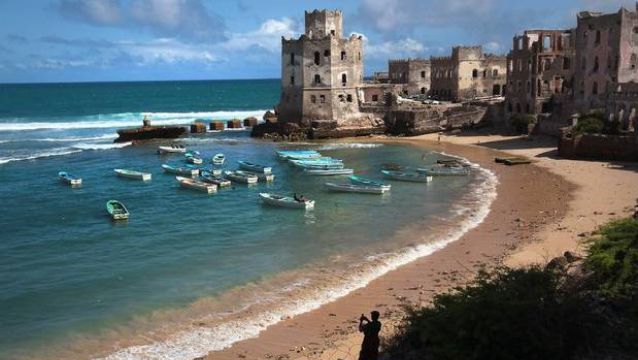 Getty Images
Getty Images Some claim that the soil of the unprotected Somalian coast has been used by the mafia for the burial of nuclear waste and toxic metals which includes 600 barrels of toxic materials. True enough, when a tsunami hit the coastline in 2004, several decades-old rusting barrels were recovered.
Mayak Production Association | Mayak, Russia
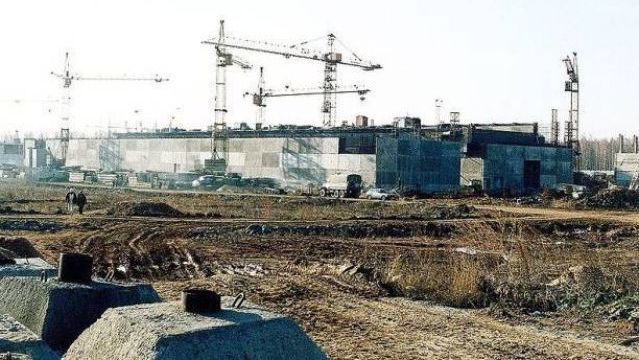 wiadomosci.gazeta.pl
wiadomosci.gazeta.pl Mayak, Russia has been home to a massive nuclear plant for decades. It all began in 1957, when approximately 100 tons of radioactive waste was released into the environment by a fatal accident that led to an explosion contaminating a massive area. This explosion however was not made public until 1980 where it was discovered that since the 50′s waste from the plant was being dumped into the surrounding area including Lake Karachay. The contamination has led to the exposure of over 400,000 people.
Sellafield Power Plant | Sellafield, UK
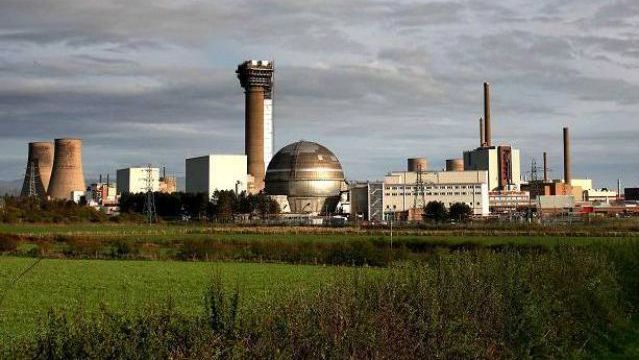 www.thetimes.co.uk
www.thetimes.co.uk Before it was converted into a commercial territory, Sellafield, UK used to be a plutonium production facility for nuclear bombs. Today, around two thirds of the buildings that can be found in Sellafield are considered radioactively contaminated. This facility releases about eight million liters of contaminated waste every day, contaminating landscapes and causing deaths among nearby dwellers.
Siberian Chemical Combine | Siberia, Russia
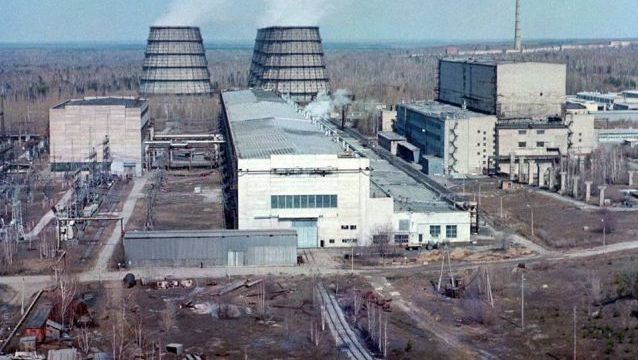 www.globalsecurity.org
www.globalsecurity.org Like Mayak, Russia, Siberia is also a home to one of the largest chemical facilities in the world. The Siberian Chemical Combine accounts for about 125,000 tons of solid waste contaminating ground waters in the area. A study also shows that wind and rain carry off these contaminants to wildlife, causing high levels of mortality among animals.
The Polygon | Semipalatinsk, Kazakhstan
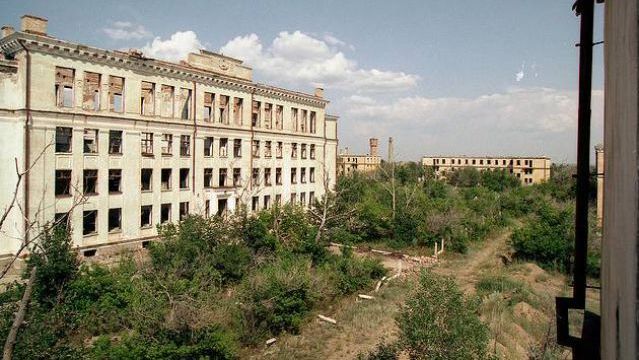 www.flickr.com
www.flickr.com The Polygon in Kazakhstan is most famous for its atomic bomb project. This uninhabited place was converted into a facility where the Soviet Union detonated its first nuclear bomb, which currently holds the record for the largest concentration of nuclear explosions in the world. Some 200,000 are currently suffering from the effects of this radiation.
Zapadnyi Mining and Chemical Combine | Mailuu-Suu, Kyrgzstan
 utazom.com
utazom.com Mailuu-Suu is considered as one of the most polluted sites in the world. Unlike other radioactive places, this place does not derive its radiation from nuclear bombs or power plants but from large-scale uranium mining and processing activities, contributing to about 1.96 million cubic meters of nuclear waste in the area.
Chernobyl Nuclear Power Plant | Chernobyl, Ukraine
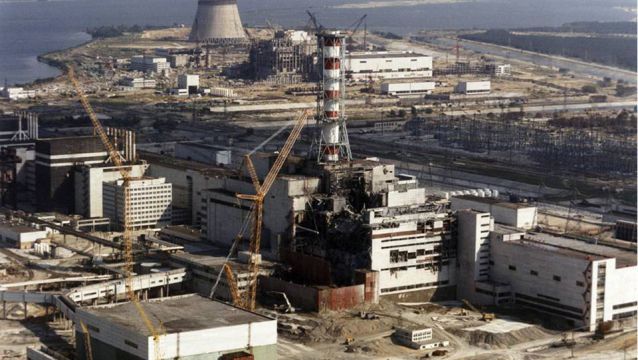 www.theatlantic.com
www.theatlantic.com A heavily contaminated place, Chernobyl is home to one of the world’s worst nuclear accidents. Through the years, the radiation accident in Chernobyl has affected six million people in the area and is projected to cause anywhere between 4,000 to 93,000 deaths. The nuclear accident in Chernobyl emitted 100 times more radiation than the nuclear attacks in Nagasaki and Hiroshima.
Fukushima Daini Nuclear Power Plant | Fukushima, Japan
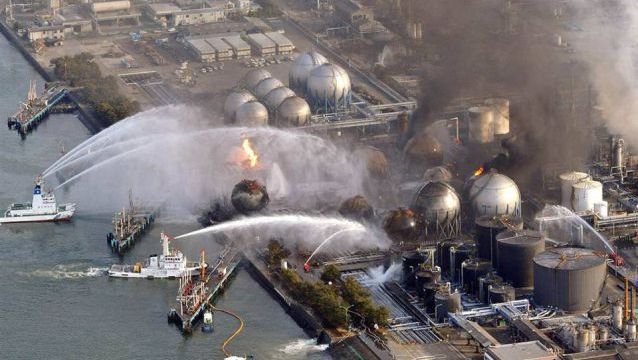 thinkprogress.org
thinkprogress.org The effects of the Fukushima earthquake in Japan is said to be the longest-lasting nuclear danger in the world. Considered to be the worst nuclear accident since Chernobyl, the incident caused the meltdown of three reactors allowing for a severe radiation leak detected 200 miles away from the plant.



























